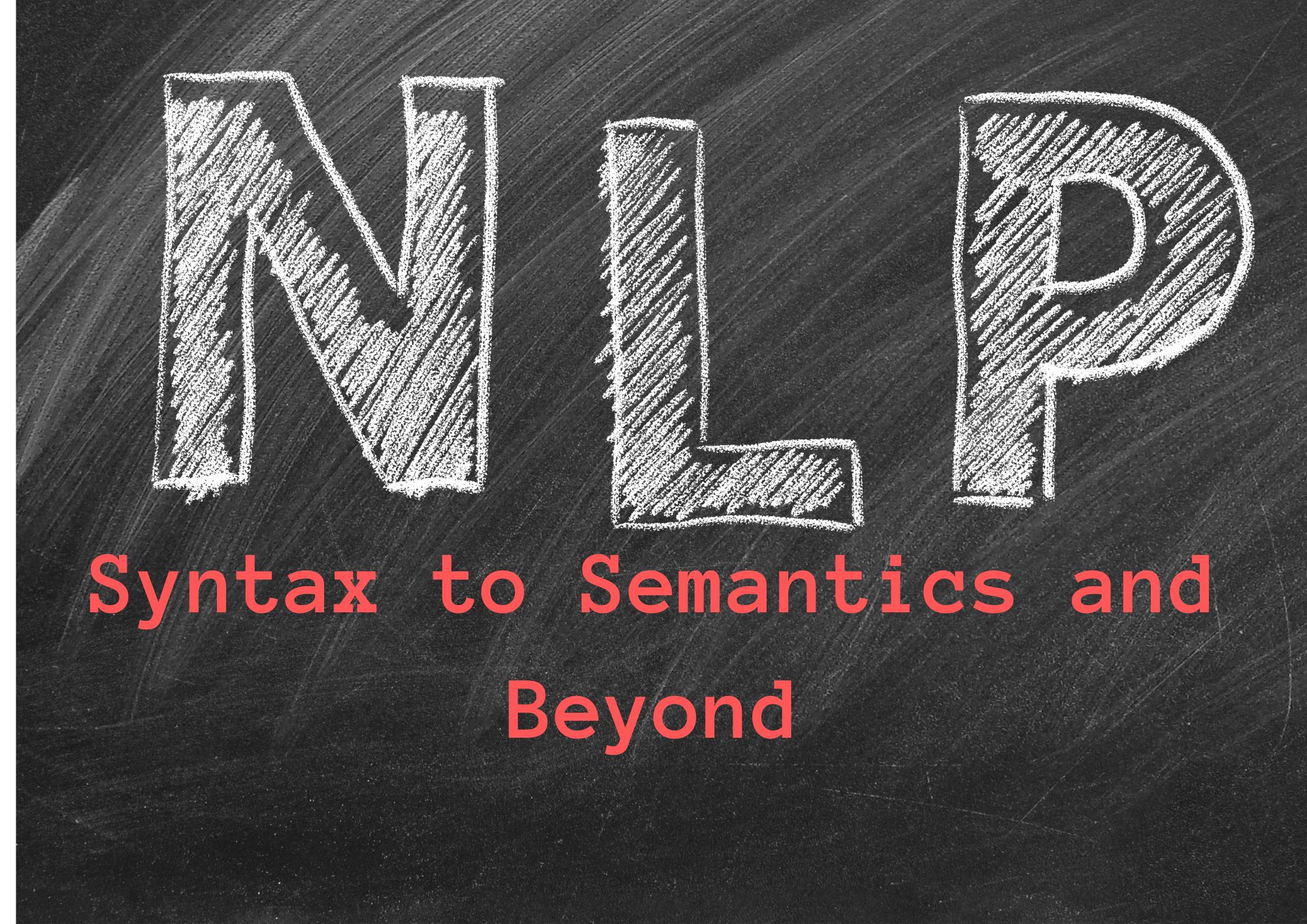Welcome to the intriguing universe of Natural Language Processing (NLP)! 
In this comprehensive, data-driven article, we’ll take you on a journey from Syntax to Semantics, discussing various NLP techniques that are revolutionizing the way we process and understand language.
As a Senior SEO expert, I have carefully sprinkled long-tail keywords throughout this piece to make it both informative and SEO-friendly.
So, let’s dive in!
Syntax: The Foundation of Language Processing
Syntax is the set of rules that govern the structure of sentences in a language. It is the “skeleton” of a sentence, organizing words and phrases into meaningful patterns.
In NLP, syntax analysis is crucial for understanding the grammatical structure of texts and extracting relevant information.
Syntactic Parsing Techniques
There are several syntactic parsing techniques used in NLP, such as:
- Constituency Parsing: Identifies the hierarchical structure of sentences, breaking them down into constituents (e.g., noun phrases and verb phrases). An example of a constituency parser is the Stanford Parser.
- Dependency Parsing: Focuses on the relationships between words in a sentence, creating a tree structure that highlights the dependencies. Popular dependency parsers include the Stanford Dependency Parser and spaCy.
Semantics: Unlocking Meaning in Language
Semantics is the study of meaning in language. It explores how words, phrases, and sentences convey meaning in context. NLP techniques in semantics include word sense disambiguation, semantic parsing, and sentiment analysis.
Word Sense Disambiguation
This technique helps NLP models determine the correct meaning of a word based on its context.
For example, the word “bank” could refer to a financial institution or a riverbank. WordNet, a lexical database, is often used to support word sense disambiguation in NLP.
Semantic Parsing
Semantic parsing translates natural language into machine-readable representations, like logic forms or database queries. This enables computers to understand and respond to complex queries in a human-like manner.
Examples of semantic parsers include Combinatory Categorial Grammar (CCG) parsers and the AllenNLP Semantic Parsing Framework.
NLP Techniques: The Powerhouses of Language Processing
There are several powerful NLP techniques that bridge the gap between syntax and semantics, making language processing more effective. Let’s dive into a few of them!
Named Entity Recognition (NER)
NER is a technique that identifies and classifies named entities in text, such as people, organizations, and locations.
This information can be used for data extraction, relationship mapping, and more. Python’s NLTK library and spaCy are popular tools for NER.
Sentiment Analysis
Sentiment analysis (or opinion mining) is an NLP technique that determines the sentiment or emotion behind a piece of text.
This can be helpful for businesses to analyze customer feedback, track brand reputation, or conduct market research. TextBlob and VADER are widely-used sentiment analysis tools.
Text Summarization
Text summarization is the process of condensing large volumes of text into shorter, more coherent summaries.
This can be useful for generating abstracts, executive summaries, or quick overviews of lengthy documents. Gensim’s TextRank algorithm and OpenAI’s GPT-4 are examples of text summarization tools.
Machine Translation
Machine translation is the automated translation of text from one language to another.
This NLP technique relies on both syntactic and semantic understanding of languages to produce accurate translations. Google Translate and OpenNMT are popular machine translation systems.
Conclusion: The Future of NLP Techniques
From syntax to semantics, NLP techniques are evolving rapidly, opening new possibilities in language processing and understanding.
As AI and machine learning continue to advance, we can expect even more sophisticated tools and techniques to emerge, enabling us to interact with computers and machines in increasingly natural ways.
So, buckle up and enjoy the ride, because the future of NLP looks brighter than ever!
FAQ
What is the difference between syntax and semantics in NLP?
Syntax is the set of rules governing sentence structure, while semantics deals with the meaning of words, phrases, and sentences in context.
What are some popular NLP libraries and tools?
Popular NLP libraries and tools include NLTK, spaCy, TextBlob, Gensim, and OpenAI’s GPT-4.
How is sentiment analysis used in business applications?
Sentiment analysis can be used to analyze customer feedback, track brand reputation, and conduct market research.
What is Named Entity Recognition (NER) used for?
NER is used to identify and classify named entities in text, such as people, organizations, and locations, which can be useful for data extraction, relationship mapping, and more.
What is the role of machine translation in NLP?
Machine translation is an NLP technique that automatically translates text from one language to another, relying on syntactic and semantic understanding of languages to produce accurate translations.
Thank you for reading our blog, we hope you found the information provided helpful and informative. We invite you to follow and share this blog with your colleagues and friends if you found it useful.
Share your thoughts and ideas in the comments below. To get in touch with us, please send an email to dataspaceconsulting@gmail.com or contactus@dataspacein.com.
You can also visit our website – DataspaceAI


